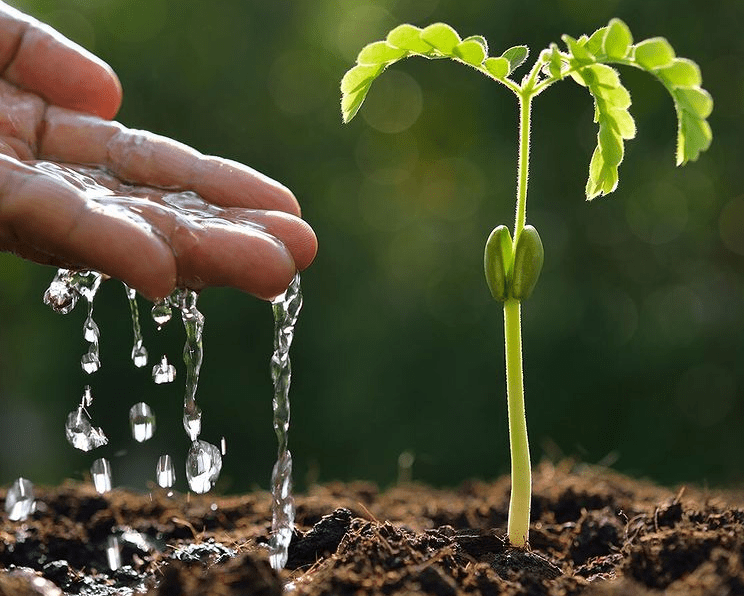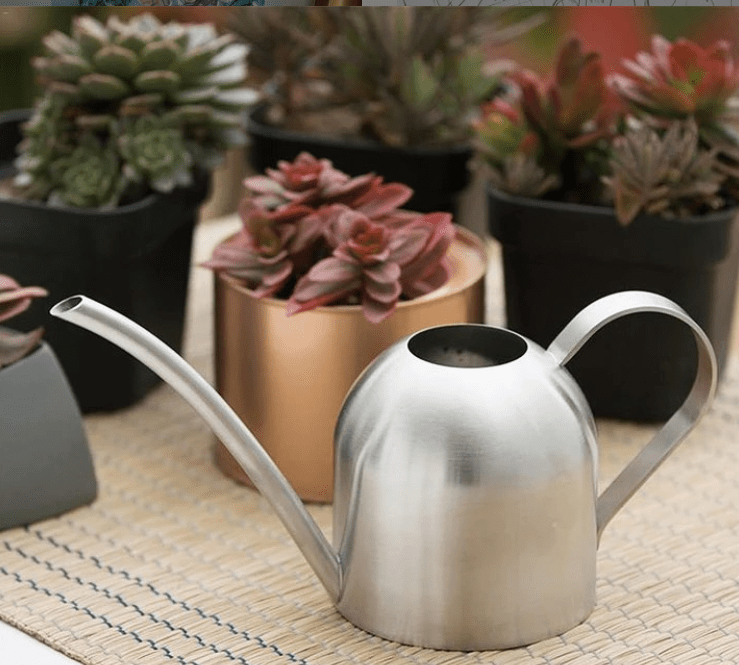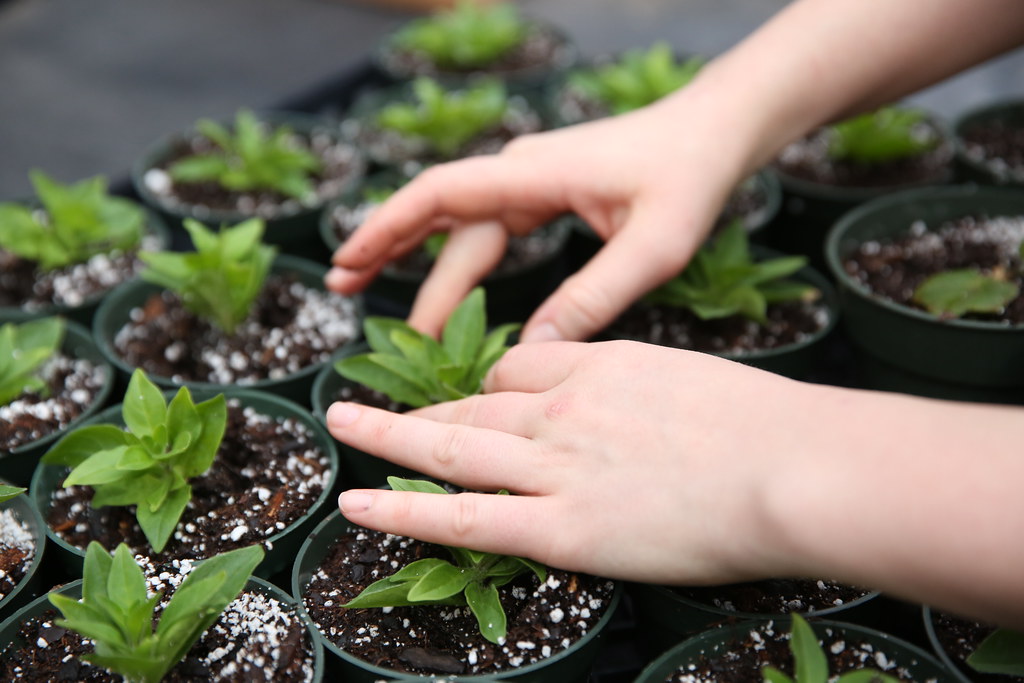HOW TO WATER HOUSEPLANTS CORRECTLY?

Do you have some houseplants? do you want to know more about their needs and how to care for them correctly? You give them enough light, fertilizer, well-drained soil but you don’t know how much water they need. Find out and follow these golden rules that will help you to know When? How? and How much water do your plants need.
Indoor plants don’t have the same water needs as outdoor plants. Also, houseplants don’t have the same needs, some species need less water while others are guzzlers and need more. So, watering your houseplants involves knowing your houseplants type, where they come from and what are their optimal living conditions.
How to choose your houseplants?

The climatic conditions differ according to the regions and they also change from one season to another. So, before taking a houseplant do a little research to make sure you are getting a plant that will thrive under your care and follow these steps:
- Choose the plants varieties suitable for your home conditions. Consider lighting, temperature and humidity.
- Choose the plants varieties appropriate for the available time you have to care for them. For example, if you don’t have enough time, it is, therefore, preferable to choose a succulent plant which won’t mind if you forget to water it once in a while.
- If you are a beginner gardener, start off with a plant that is easy to maintain.
How do I water my houseplants?

1- Choose the appropriate pot
Put your plants in pots that have the correct size for their size. The pots must also have drainage holes to help the soil dry after watering. Then, the pots can be placed on a saucer or inside of a decorative pot to allow you to water thoroughly without damaging your floor or table.
2- Recognize if your indoor plant needs water
The first thing to do to know if your plant needs water is to put a finger in the soil. If you see a dry soil, the plant needs water. Conversely, if the soil is wet you can postpone watering. If the soil takes a long time to dry out, your plant is not getting enough light or maybe the pot is not suitable.
3- When to water plants?
The best time to water your plants is in the early morning or late in the evening, while it is still cool. At this time, less water evaporates than as on hot soil during the day. So, the plants can sufficiently supply themselves with water before the next day’s heat.
4- Water your houseplants with the right water

Rainwater is preferable for most plants. If you can collect rainwater, it will be great but only if you are in an unpolluted area. Secondly, you can use tap water but you have to let it sit for a few hours to allow the chlorine to evaporate. Furthermore, well water is usually good too, but just if it’s not too alkaline for acid-loving houseplants.
Another very important point is to water your plants with water at room temperature, to prevent them from thermal shock.
5- How to water plants?
- Firstly, you have to water the soil, not the leaves. Always Avoid getting water on the leaves and stems of plants with soft, furry foliage, or succulents and cacti. For that, you can use a plant water can to moisten the soil without watering the foliage.
- Water needs a moment to seep into the soil. So, water the plant slowly, to give the soil time to soak up.
- If the soil is very dry, water several times.
- Stop watering when water begins to flow into the saucer.
- Tip out excess water from pot sleeves and saucers to prevent overly soggy soil.
- Watering plants from the bottom is also possible by putting your pot in a basin filled with water, from where the roots will take the amount of water they need
6- How much water to use and how often should I water my plants?
- In winter, reduce the frequency of watering when plant growth is slower and temperatures are lower. In general, watering every two weeks will be sufficient.
- During fall you can switch from one weekly watering for temperatures between 17 and 29°C and two waterings for temperatures above 20°C.
- In spring and summer, most plants need a weekly watering in a temperature between 15 and 18°C and 2 to 4 waterings (or as required) per week in temperatures above 20 °C.
The most important is to keep the soil moist but not waterlogged.
7- Watch the leaves
Leaves can be an indication of both under and overwatering but the symptoms can sometimes be confused with those of other problems such as leaves yellowing, wilting and falling. So, take these signs into consideration but check out more the soil state.
Did you find this helpful? Share it with your friends!